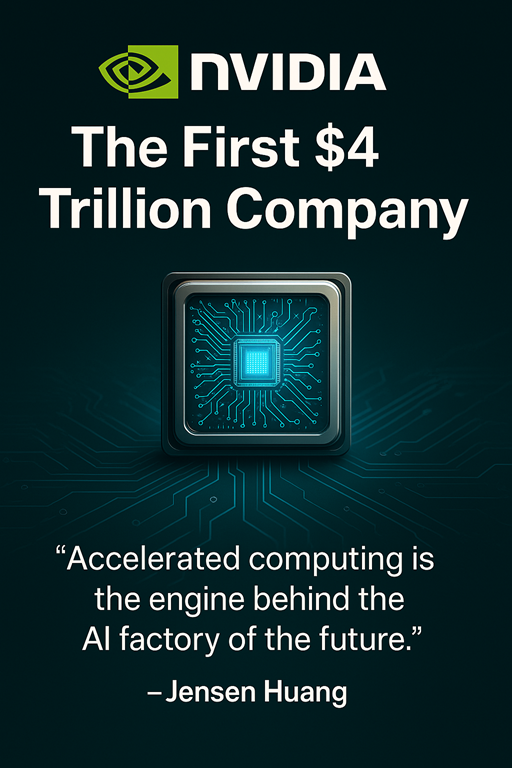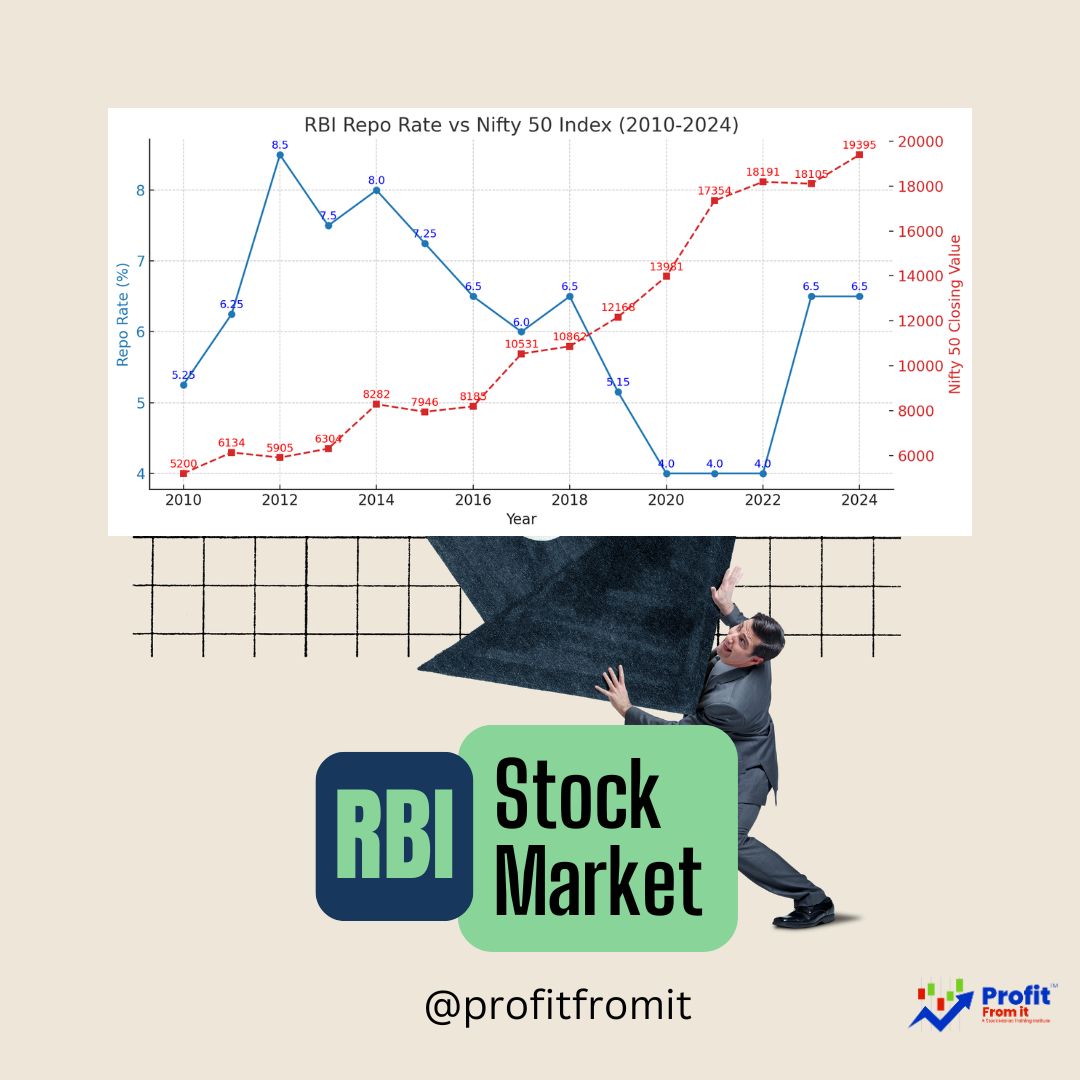
🚀 Nvidia: The First $4 Trillion Company — Inside the AI Supernova
In July 2025, Nvidia etched its name into financial history, becoming the first publicly listed company to cross a $4 trillion market capitalization. Once a scrappy startup founded in a Denny’s booth, it is now the undisputed kingpin of the AI hardware and compute revolution. But this meteoric rise didn’t happen overnight.
This post unpacks how Nvidia got here, its visionary leadership, financial firepower, strategic bets, and why it’s become a core conviction for institutional and retail investors alike.
🧬 Origins in a Denny’s Diner: The Birth of Nvidia
Nvidia was founded in 1993 by Jensen Huang, Chris Malachowsky, and Curtis Priem. Legend has it that the idea was sketched out over coffee at a Denny's in California, with a bold vision: to build a chip optimized for graphics processing.
Little did they know, their invention of the Graphics Processing Unit (GPU) in 1999 would later become the backbone of deep learning, simulations, and generative AI.
👑 Jensen Huang: Silicon Valley's Philosopher-King
Education: Oregon State (BS EE), Stanford (MS EE)
Known for his signature leather jacket and compelling keynotes, Huang combines engineer-level rigor with visionary storytelling.
Under his leadership, Nvidia has become:
An AI compute giant
A developer ecosystem enabler
A cultural icon for the tech elite
His mantra? “Accelerated computing is the engine behind the AI factory of the future.”
🧠 The Shift from Gaming to Everything
Initially powered by the gaming community, Nvidia’s GPU dominance evolved into four critical verticals:
CUDA, Nvidia’s parallel programming platform, has become the “Intel Inside” of AI compute — creating developer lock-in and insurmountable switching costs.
📈 Financial Mastery: From Billions to Trillions
Between FY2023 and FY2025:
Revenue surged from ~$27B to over $120B+
Net income grew exponentially, with 50%+ net margins
Free cash flow hit $50B+ in FY2025
Market Cap milestones:
$1T in 2023 (AI euphoria begins)
$2T in 2024 (Blackwell chips scale)
$4T in mid-2025 (Agentic AI boom)
Nvidia now holds ~9% weight in the S&P 500, reshaping index strategies and passive flows.
📍 Timeline of Transformational Milestones
📊 What Investors Need to Know
✅ Strengths
Unmatched moat in AI hardware and software stack
Developer loyalty through CUDA ecosystem
Visionary leadership and strategic clarity
❗ Risks
Geopolitical friction, export bans on AI chips
Over-reliance on hyperscaler demand
High valuation multiples (P/E ~75x)
🔭 What’s Next?
Edge AI & Robotics
Sovereign AI infrastructure
AI agents driving inference workloads
Automotive compute becoming mainstream
🧠 The Moat Behind the Might
Nvidia isn’t just a chipmaker—it’s an ecosystem. From CUDA and Triton, to Nvidia Inception, and Omniverse simulations, the company has layered sticky platforms on top of superior silicon.
Some call it “the arms dealer of the AI wars.” Others see it as the new platform layer of cloud infrastructure. Either way, it’s a rare mix of vision, velocity, and vertical dominance.
📎 In Closing
From a Denny’s brainstorm to a global economic superpower, Nvidia’s journey is a case study in innovation, patience, and strategically compounding advantages. For investors, the $4 trillion milestone isn’t the end—it may just be the end of the beginning.



 for Investors The provided chart outlines key metrics for Nifty 500 companies across different periods (FY22 t.png)





